Mojtaba Ghofrani
Advisor: Lisa Landrum
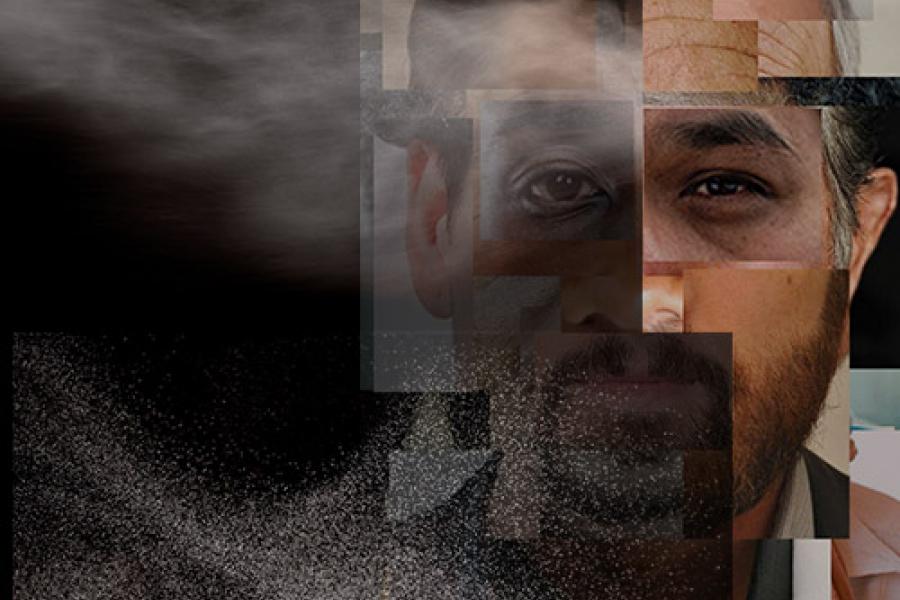
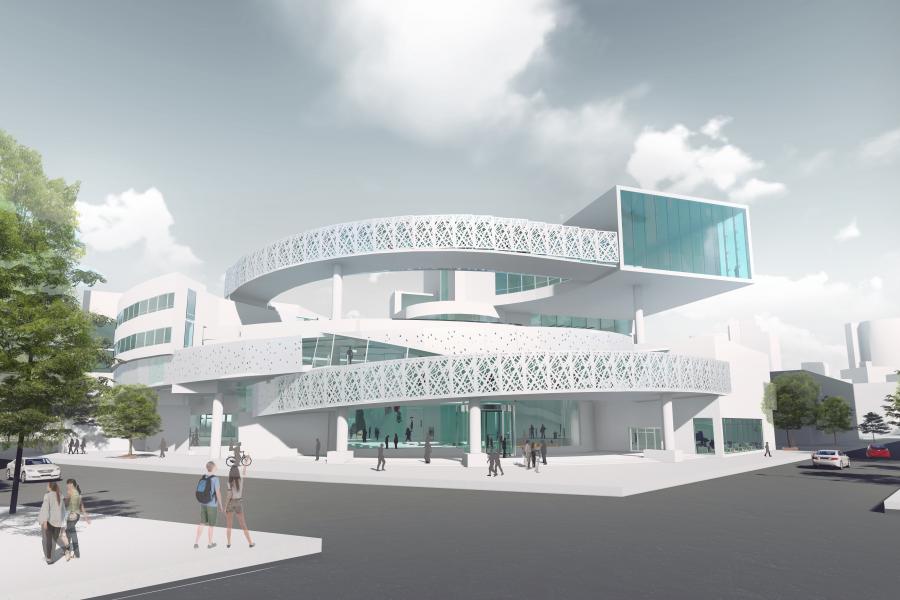
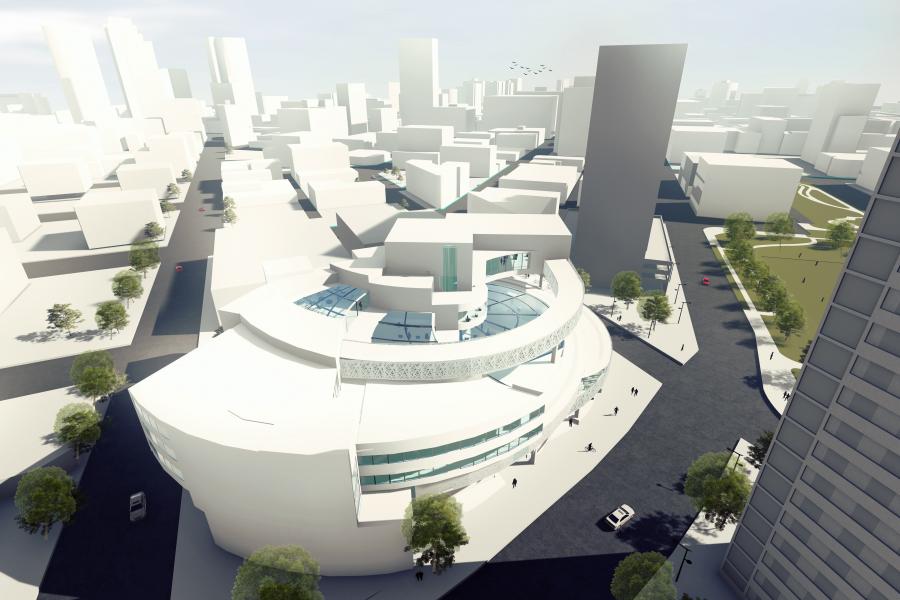
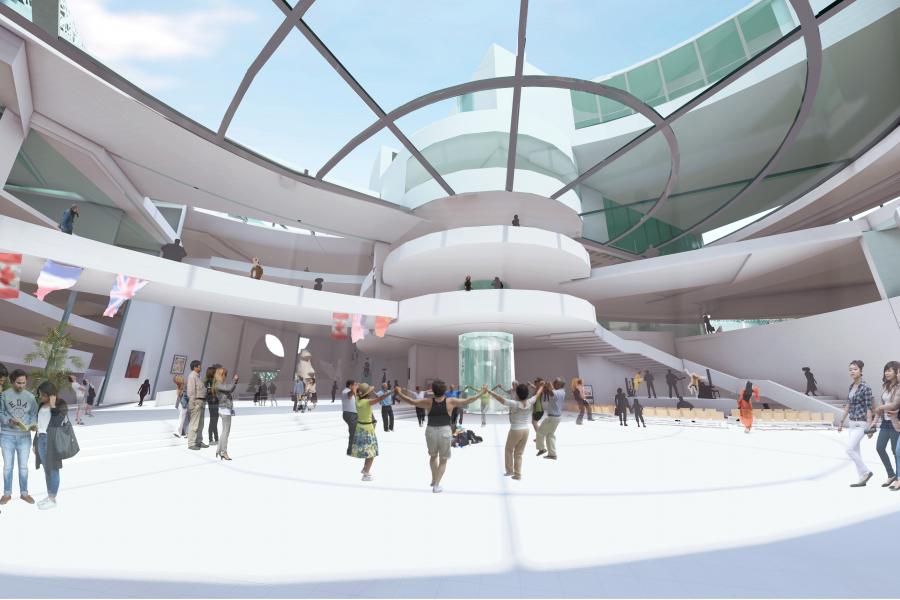
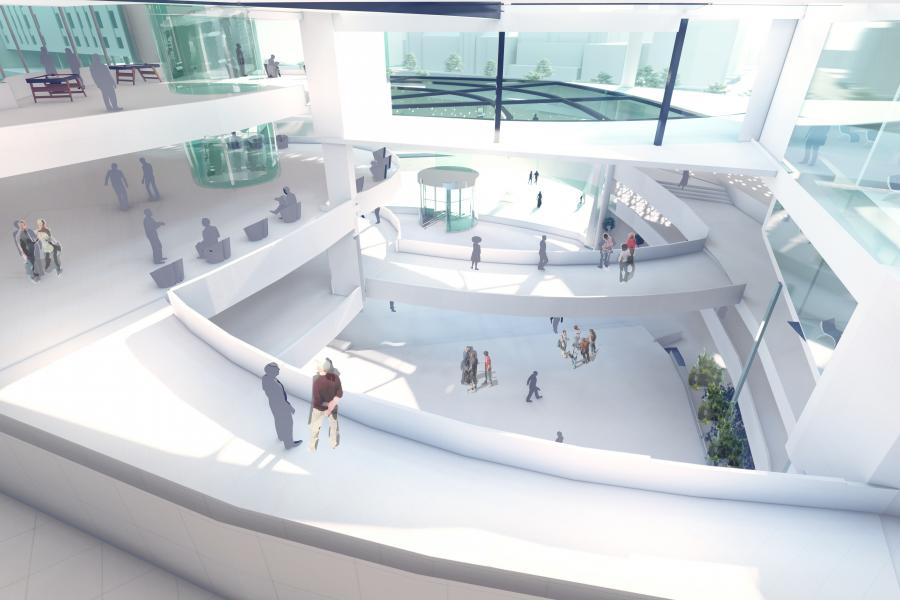

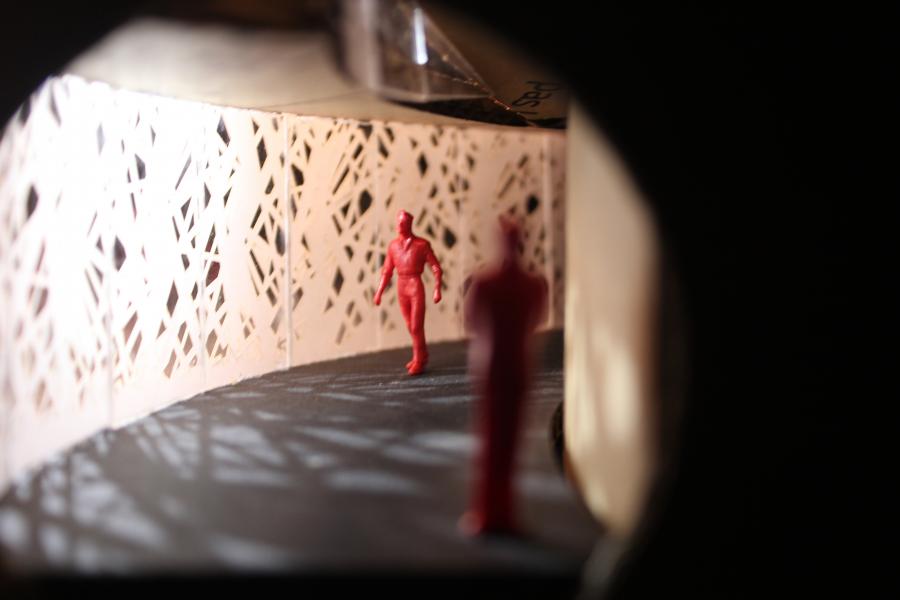
Center of Intertwined Cultures
Winnipeg is a multicultural city. Almost 15 percent of its population consists of foreign-born immigrants; many others have parents or grandparents who were immigrants. Many newcomers to Winnipeg face culture shock because of moving to a new cultural environment which is different from their own. These people face challenges like homesickness, information overload, language barriers, and technology gaps. This cultural diversity also presents challenges for Winnipeggers to communicate respectfully with each other because they know a little about different cultures. There is no accurate way to prevent culture shock and related issues affected both immigrants and citizens of the city; however, architecture can minimize the challenges by providing intercultural spaces for people of various cultures to come together for meaningful exchange.
This thesis proposes an architectural design for a Cultural Center sited adjacent to Winnipeg’s culturally-diverse Central Park. This Cultural Center seeks to give voice to the principles of diversity that energize Winnipeg, while providing opportunities for newcomers to acclimatize to the new culture and socialize with different cultures and history. The critical questions of this thesis are how can architecture respond to cultural diversity, and help people feel some sense of unity while having different cultures, customs, memories and senses of place.This thesis proposes an architectural design for a Cultural Center sited adjacent to Winnipeg’s culturally-diverse Central Park. This Cultural Center seeks to give voice to the principles of diversity that energize Winnipeg, while providing opportunities for newcomers to acclimatize to the new culture and socialize with different cultures and history. The critical questions of this thesis are how can architecture respond to cultural diversity, and help people feel some sense of unity while having different cultures, customs, memories and senses of place.
The aim of this thesis is to produce ‘intercultural spaces’ for people from various cultures to come together, creating the possibility for accidental encounters and new social engagements that go beyond boundaries of race, religion and ethnicity. My strategy utilizes Maurice Merleau-Ponty’s notion of ‘intertwining.’ According to Merleau-Ponty, in Phenomenology of Perception, human beings’ corporeal experience is the fundamental ground of existence. While experience is a personal act, it also leads to an inter-subjective domain as we experience a participation in the world. That is to say one’s experience is connected with another’s. Alberto Pérez-Gómez in describing the theory of Merleau–Ponty mentioned, “Experience presupposes an encounter between “us” and “what is…, this ‘intertwining,’ is a network of reciprocities, in the other words, I only truly know myself through the “other”).1 Therefore people with different cultural backgrounds can have different perceptions of architectural space while still experiencing something in common with others or even experiencing otherness, which means one’s own view of reality is completed by other views and lifestyles.
What is fundamental for this architectural space is not the capability of expressing a distinct meaning, but rather the possibility of generating infinite meanings co-created via the inter-subjective experiences of viewers. As one moves through the project, the spaces unfold an ever-changing series of intertwining perspectives. Each room subtly transforms in shape and size, while the spatial quality and illumination allow for highly diverse experiences, creating a one unique body.
1Alberto Pérez-Gómez “introduction,” in intertwining, Steven Holl, (Princton Architectural Press, 1996), P9.
